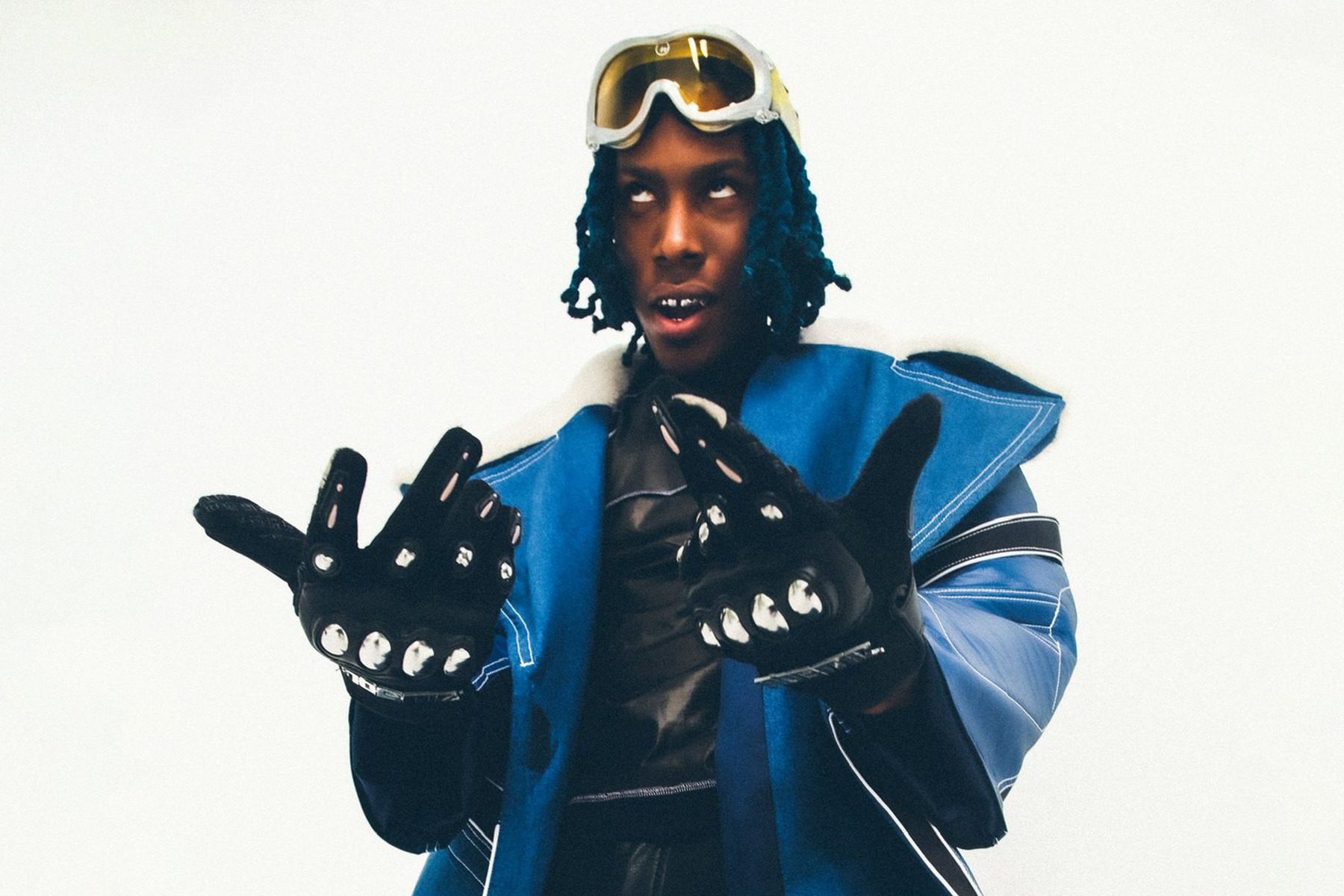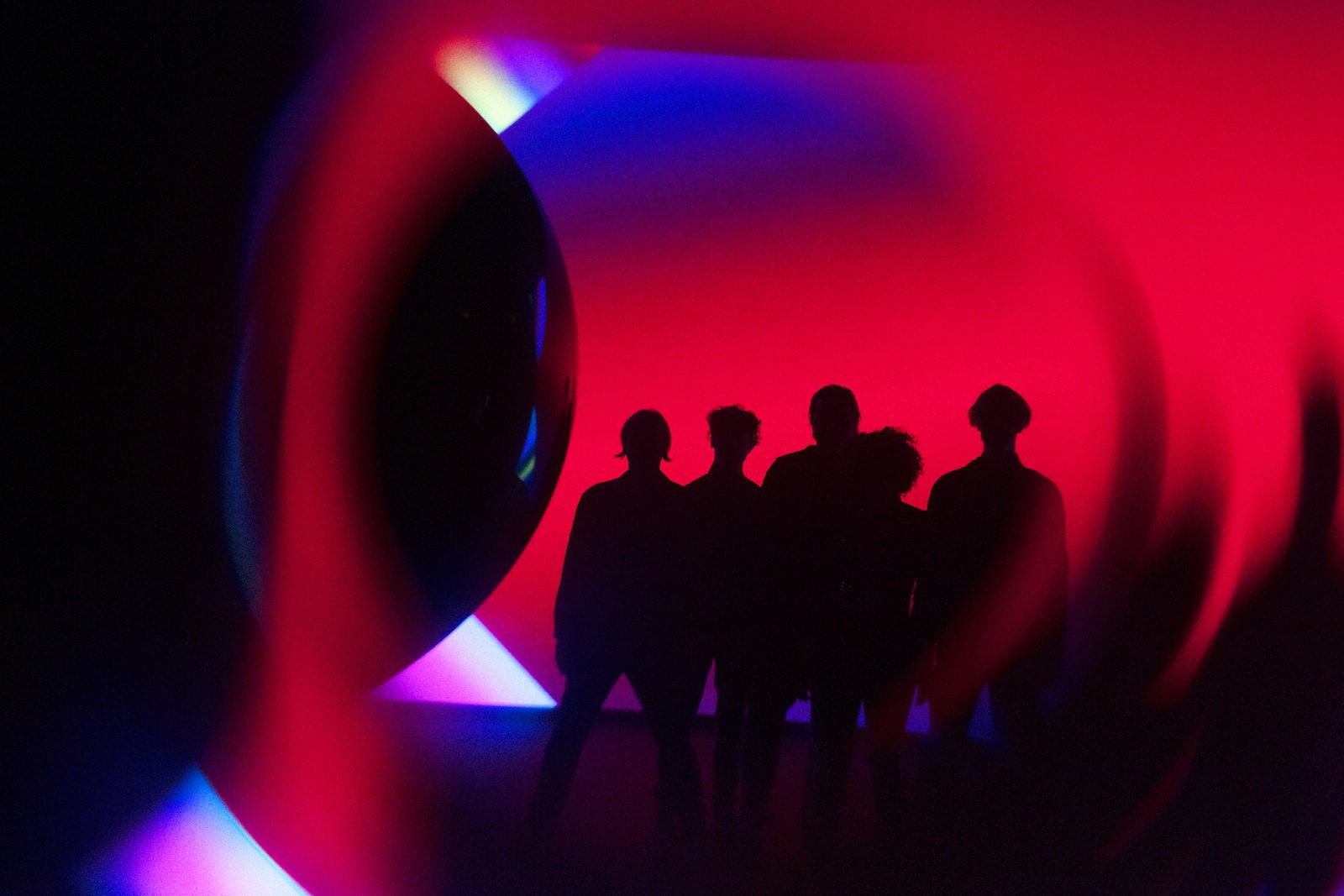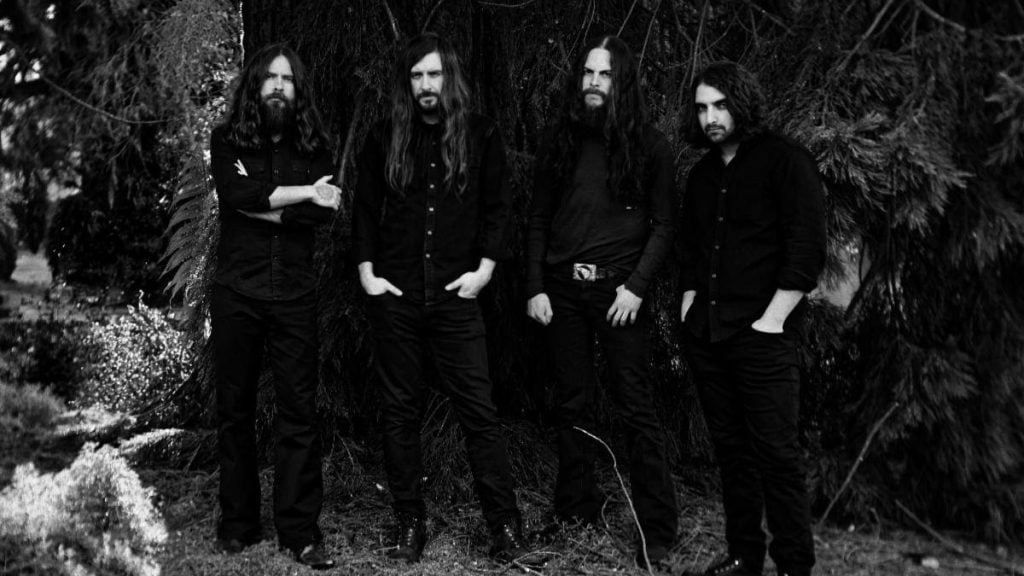
Nigerian Artist Cruel Santino is Building Worlds and Melding Cultures
When I reach Cruel Santino via Zoom, he’s in the pedicure section of a Lagos spa, seated comfortably in front of burnt rose painted walls. It was three days after the release of his second album, Subaru Boys: Final Heaven, and Santino had just recovered from the rowdy release party at which he apparently lost his voice. He sounds perfectly enlivened in conversation now – in fact, someone off-camera indicates that he should quiet down. “Am I loud?” Santino asks them apologetically. “Okay. Sorry. I got you. I got you.”
Cruel Santino was enthusiastic because he was describing what he calls the “scaping” — the creation of the sonic environment — of his latest body of work. Taking cues from electronic, R&B, rock, dancehall, and more, the album explores the futuristic, underwater world of the “Subaru Boys,” government agents Santino likens to the CIA. Throughout the album, quips from folks who inhabit their watery metropolis speak of them highly. At the end of “War in the Trenches,” the lovelorn third track punctuated by glittery chimes, what sounds like a radio DJ calls on the Boys for help: “They gon’ have to come and sort this fuckin’ mess out,” he sighs.
blogherads.adq.push(function () {
blogherads
.defineSlot( ‘medrec’, ‘gpt-dsk-tab-article-inbody1-uid0’ )
.setTargeting( ‘pos’, [“mid-article”,”mid”,”in-article1″,”mid-article1″] )
.setSubAdUnitPath(“music//article//inbody1”)
.addSize([[300,250],[620,350],[2,2],[3,3],[2,4],[4,2],[640,250]])
;
});
Cruel Santino credits the animated nature of Subaru Boys to its “scaping.” Some songs are dotted with gunshots and explosions. Others are brought to life with the sound of rain or rush of water. Voiceovers introduce new arenas, conflicts, and desires. “Scaping songs is very key because your brain is taking in so many things subconsciously that kind of let you travel,” Cruel Santino says.
Journeying through the 21-song project feels like trekking through the levels of a video game, meeting new characters, and discovering new corners of its universe along the way. While the plot feels loose, the music is strong, diverse, and experiential. “You’re hearing a song and saying, okay, why does it make me feel like this? Or take me there? It’s because sometimes it’s ‘scaped’ for your brain to process it like that.” Santino thinks of the way Afrobeat legend Fela Kuti layered his multifaceted compositions as a form of scaping.
Born Osayaba Andrew Ize-Iyamu, Cruel Santino started making music over a decade ago, first gaining some notoriety in Nigeria as the rapper Ozzy B, then as the singer Santi. As he ascended, he was forced to change his name once more, citing “one man in Spain [who] didn’t want to free the name [Santi],” creating copyright issues.
A longtime storyteller who once wooed a high school crush by writing fantasmal stories about her, Santino often approaches music as world-building, pulling inspiration from media as disparate as childhood audiobooks and music for plants. He is especially inspired by his love of East Asian film and animation, naming the 2000 Japanese predecessor to The Hunger Games, Battle Royale, as a movie that changed his life (“They took a bunch of high schoolers and they sent them into an island and they said that they all have to kill [each other],” Santino explains, “Some of them got guns. Some of them got a baseball bat. They even gave one a fork.”)
Subaru Boys follows Mandy & The Jungle, his rich 2019 debut with his own label Monster Boy, a joint venture with Interscope Records. The storyline of Mandy & the Jungle — which Santino has said centers “a girl who has no idea the power that lies inside her,” is easily lost in its terrifically visceral production, Santino’s fluid flows, and its vibrant cast of guests like Amaarae and GoldLink. Though the tonal direction is clear, lyrically, Mandy is pretty abstract — a testament to Cruel Santino’s M.O. “Lyrics don’t guide me sometimes, it’s just the feeling and the melody, and I make out what I make from it,” he says.
blogherads.adq.push(function () {
blogherads
.defineSlot( ‘medrec’, ‘gpt-dsk-tab-article-inbody2-uid1’ )
.setTargeting( ‘pos’, [“mid-article2″,”mid”,”in-article2″,”mid-article”] )
.setSubAdUnitPath(“music//article//inbody2”)
.addSize([[300,250],[300,251],[620,350],[2,4],[4,2],[3,3],[2,2]])
.setLazyLoadMultiplier(2)
;
});
Through his consumption of Japanese media, Santino started to draw parallels between depictions of the country and his reality of Nigeria. “There’s some parts of Lagos, in Lagos Island, where you’re just looking at the buildings and the walking people…It just feels like Tokyo,” he says, though he’s yet to visit the Japanese city, but hopes to go this year.
In Japanese, “Subaru” identifies a cluster of six stars visible to the naked eye as a part of the Taurus constellation. The car corporation took on the name to signify the merging of several companies at its origin. To Santino, the word “Subaru” sounds like Yorùbá, the first language of over 20 million people in southwestern Nigeria, as well as parts of Benin and Togo, so he bestowed it upon the figures at the center of his new world. “It just made sense to me,” he says.
As a musician and a fan, Cruel Santino threads West Africa, to East Asia, to the West Indies, to the American West Coast. Heavily influenced by Caribbean music as well as hip-hop, as a younger person, Santino was able to identify a refrain of Tupac’s in “Hit ‘Em Up,” an interpolation of a Notorious B.I.G. hook, as another interpolation of a melody from Jamaican reggae and dancehall deejay Yellowman’s “Zungguzungguguzungguzeng.”
“Because of how much music I was exposed to, I kind of found a deeper dancehall pocket than most consumers,” he says. Whereas Santino remembers most kids around him only knowing the most popular dancehall songs by the likes of Sean Paul, Beenie Man, and Vybz Kartel, his family offered him whole albums by these acts that went on to inspire his sound today. In turn, he found a mutual fan in Koffee, who makes a highly anticipated and deeply satisfying appearance on Subaru Boys’ “Deadman Bone.” “When I met Koffee, she literally told me that I’m inspiring her next body of work because she liked Mandy & the Jungle, which is crazy to me,” says Santino.
As varied as Santino’s sound is, there’s also something signature to its often mellow, aquatic undertones. Once a more fervent producer himself, Santino let about six different producers helm Subaru Boys under his direction. Much of Subaru’s production and engineering was conducted by his longtime friends GMK and Genio, members of the Monster Boys collective they formed 11 years ago.
blogherads.adq.push(function () {
blogherads
.defineSlot( ‘medrec’, ‘gpt-dsk-tab-inbodyX-uid2’ )
.setTargeting( ‘pos’, [“mid”,”mid-articleX”,”in-articleX”,”mid-article”] )
.setSubAdUnitPath(“music//article//inbodyX”)
.addSize([[300,250],[300,251],[3,3],[620,350],[2,2]])
.setLazyLoadMultiplier(2)
;
});
Named for the aura of that time for he and his friends, (“It felt like we were in Billy & Mandy, it felt dark, but still childish. It felt like life was kind of gloomy, but kind of still beautiful”), Monster Boy has blossomed into an entrepreneurial avenue for Santino. He plans to sign more artists to his roster, hoping to create opportunities for more musicians and makers outside of Nigeria’s prominent Afrobeats mainstream. “A lot of people worry that because of the music they make, they can’t be who they are,” he says. “ I feel like in the next 2, 3, 4, 5 years, rap songs here can actually be number one in the world. Rock songs here can number one in the world.”




